KNOWING HOW TO BUILD A SHELTER IS GOOD. FINDING ONE READY-MADE IS BETTER
An emergency shelter is any way to get out of the rain, cold, or snow so you don’t go into hypothermia and loose the ability to think clearly and to perform necessary tasks.
And an “emergency” is just that – some sudden and unexpected event that forces you to take cover.
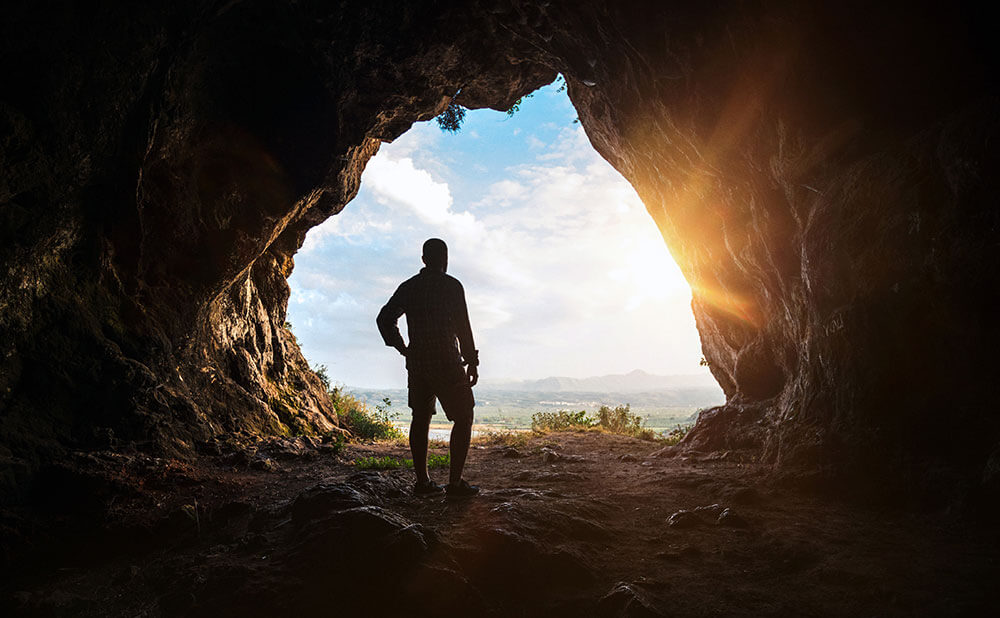
Your emergency shelters will fall into one of two categories:
1. Those that are ready to occupy (more or less).
2. Those that you have to construct from square one.
“Rocky areas can be good for finding ready-to-go shelters, especially if there are thickets of bushes growing closely nearby.”
This latter category fills lots of space on YouTube and TV, by those who show you a fantastic little log or clay house that they built, including a fireplace and a window. It takes you just 30 minutes to watch it while sitting in front of your computer, so you don’t realize that these exquisite wilderness shelters are NOT “emergency shelters.” Why? Most of them take days, if not weeks, to construct, and their construction necessitates lots of skills, as well as a ready supply of the building materials.
Even if you have the skills, and the materials, in a genuine emergency where you need a shelter, you want something that is ready NOW, or pretty close to NOW.
(We’ll talk about shelters that you build from scratch another time.)
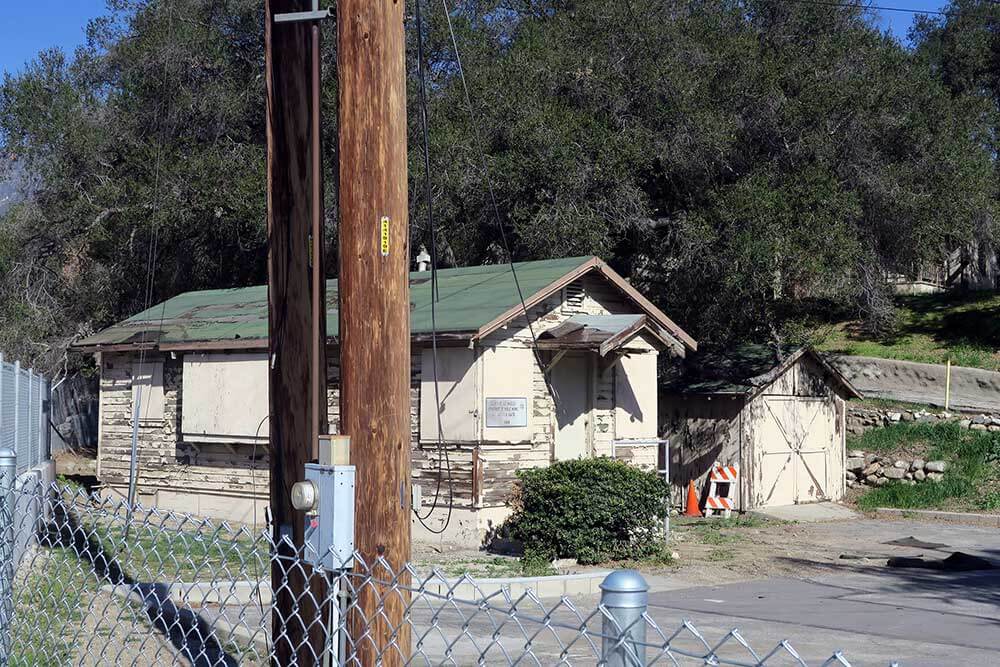
One of the bits of advice that I tell my students is that when they are hiking in an area, make a sport of trying to identify possible emergency shelters. Include your children, who love such adventurous activities.
“Hey, look at that old storage shack! I’ll bet we could get out of the rain in that if we ever had to.”
The shelters that are ready to occupy can be man-made, or they can be natural. Let’s look at some of the possibilities, keeping in mind that if you find yourself in a genuine emergency, you should use whatever is available and expedient to your situation.
MAN-MADE READY-TO-OCCUPY
In the wilderness, there are many man-made structures that can provide quick and immediate shelter from the elements. Most of the time, we see these as we walk or drive around, but we generally are not thinking about them as emergency shelters.
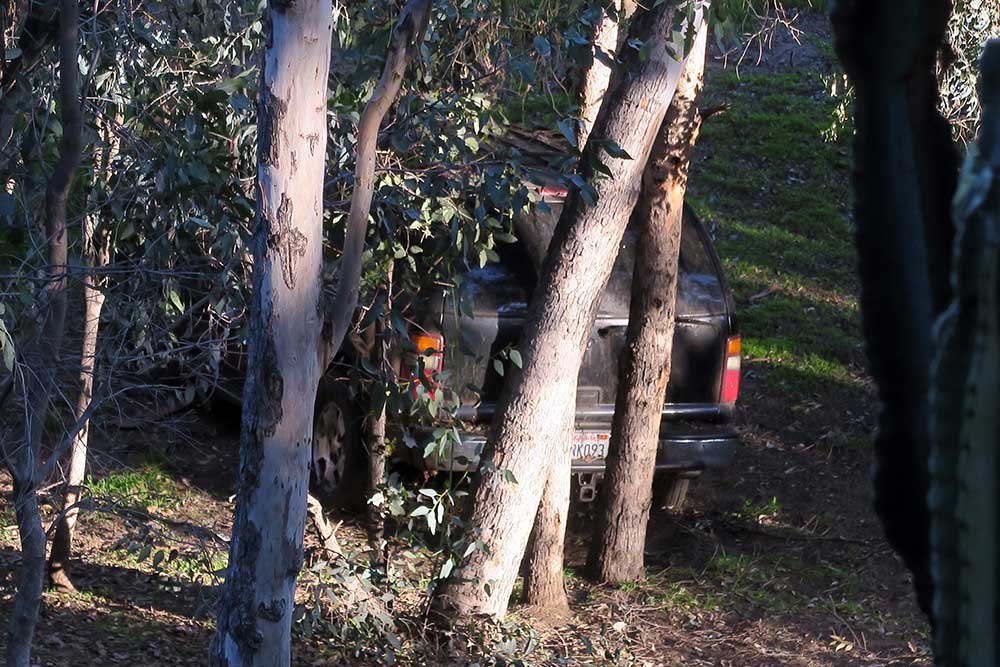
Any out-building can serve as an emergency shelter, and even when locked, there may be a porch or overhang that might provide some shelter. Out-buildings include storage shelters, remote cabins, utility shacks, large water towers, and yes, even outhouses. I would have to be very desperate to spend the night in one of those small porta-potties, but I have twice spent the night in the overhang of a large wilderness outhouse.
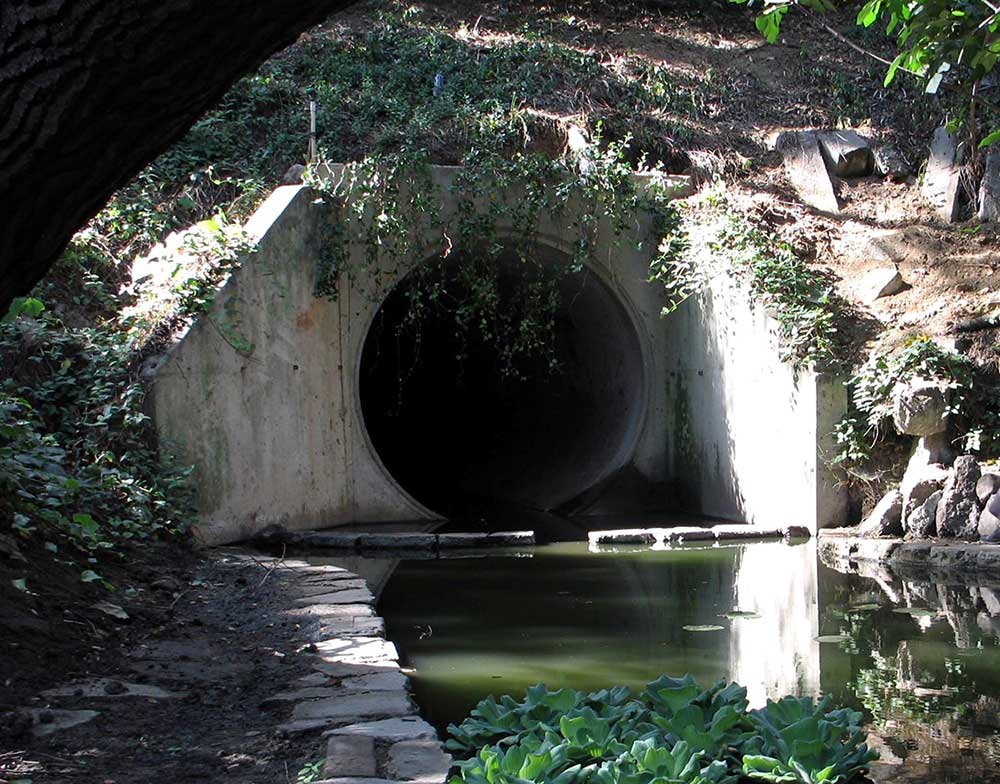
Abandoned cars are prolific, and can get you out of a storm. Usually, if truly remote and abandoned, the windows have all been shot out, so you need to clean some broken glass before you get into it. And they often have mice living in them, somewhere, so be cautious.
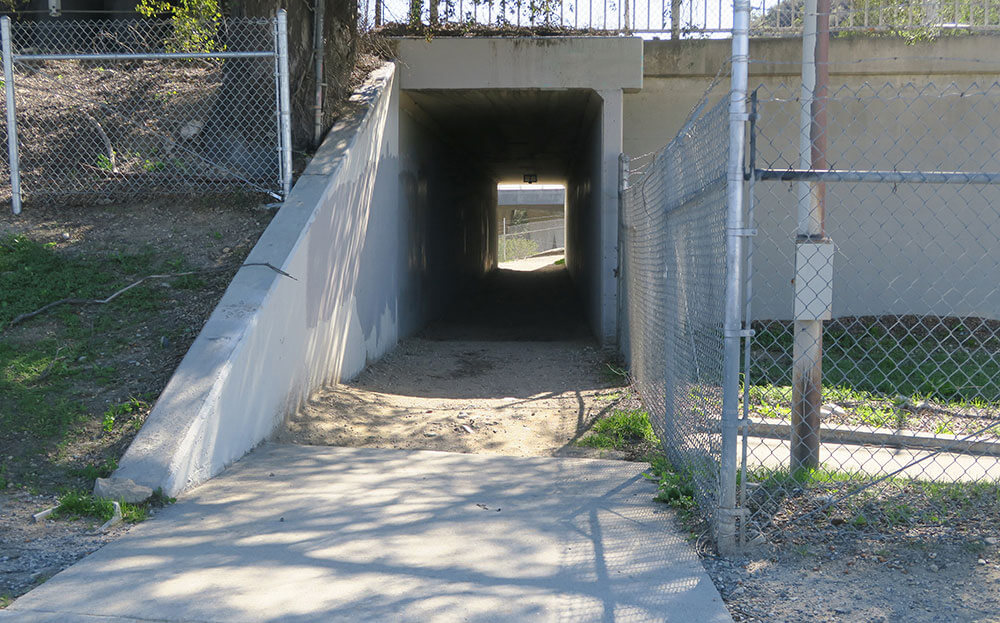
On a few occasions while traveling alone and getting caught in a storm, I was able to sleep in large unused culverts. These were cement tubes which were waiting to be installed somewhere. It was comfortable, remarkably warm inside, and it kept the rain off me. By contrast, it’s almost never a good idea to get into a working culvert, even if it’s clear where you are. A distant storm could bring rain flooding down the channel and spell your demise! These are just a few of the products of civilization that are found in the most remote places, and might provide you with shelter.
WILD READY-TO-OCCUPY
If you take the time to look for natural shelters in the wild continually, you might be surprised how many you find.
A cave could be an excellent way to get out of the rain or snow, and provide a place to make a fire. If not a full cave, even shallow depressions in the rock are better than being in the open, and they offer a way to get some protection.
Caves tend to be very solid, and are not prone to cave-ins, as you might experience with the thousands of mines scattered especially through the Western states.
But the trouble with caves is that they might be wet with dripping water, and worse, other critters might also like it in there. So be cautious and alert when you enter a cave.
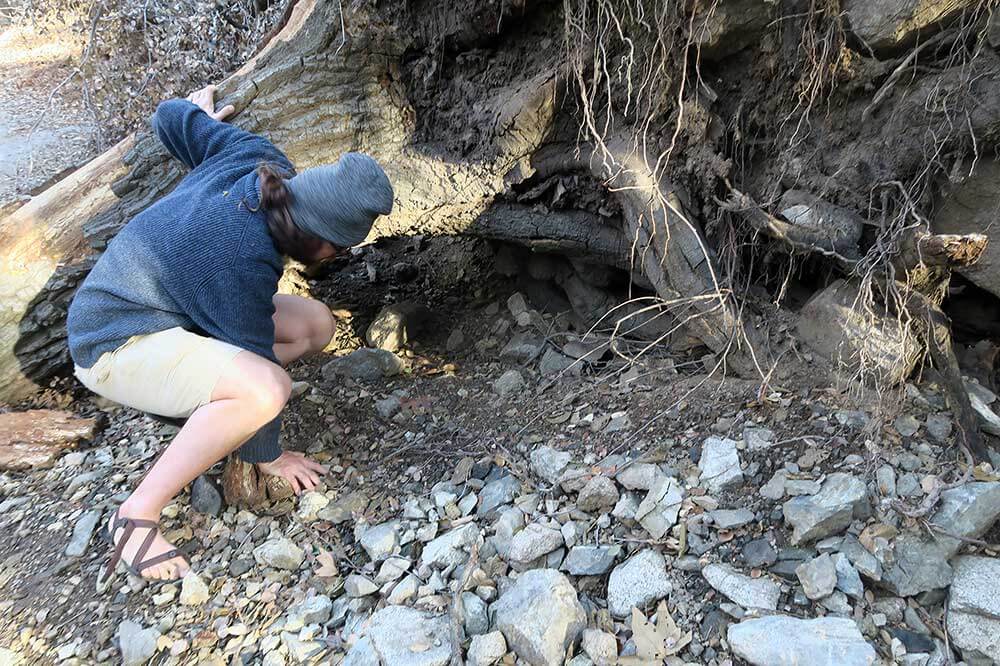
If you just need protection from the cold, sometimes under the right circumstances, you can just burrow into thick layers of leaves. I once camped in a hilly area where pine trees grew, and the needles were very thick on the ground. There was a spot between a tree and the uphill part of the hill where the needles were easily five feet thick. I simply slowly burrowed in, feet first, and slowly wiggled so that the hole I slept in was big enough to move slightly. The night temperatures were nearly down to freezing and I was pretty snug and slept well.
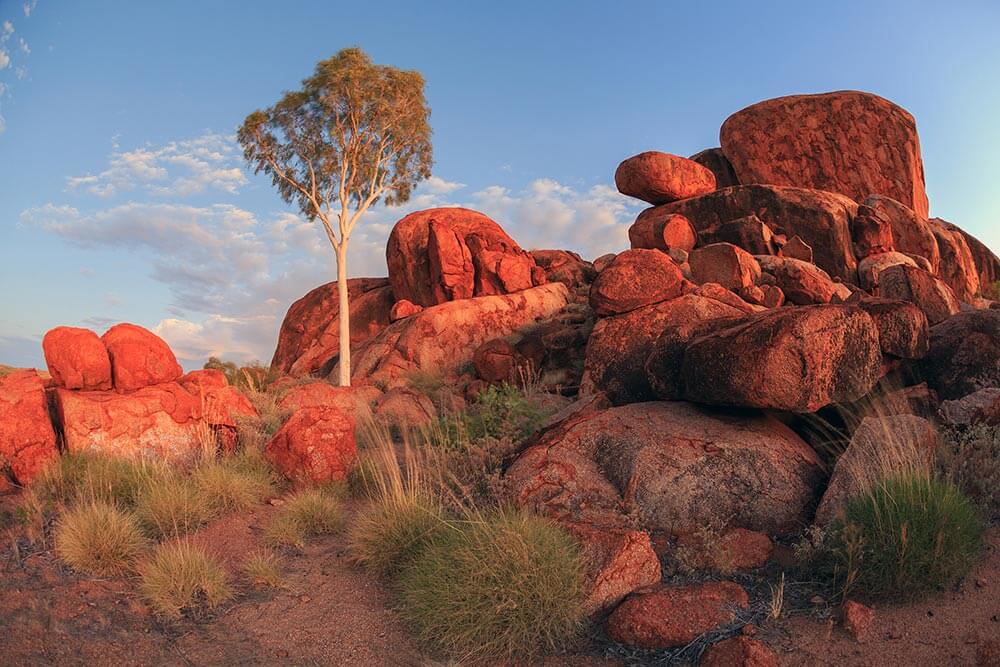
Rocky areas can be good for finding ready-to-go shelters, especially if there are thickets of bushes growing closely nearby. You have to examine the area and find a spot where the rocks might have been warmed by daytime sun, and where there is some natural protection from the wind.
I’ve also made camp many times on the underside of a very large tree that fell. The root can pull up quite a bit when a huge tree falls, and a large crown means that the trunk never quite falls flat to the ground. Of course, there are many ways that a tree can fall, depending on the tree and the terrain, but we have camped up to three people in the underside of a tree. This may or may not be “ready-to-go,” and we’ve usually had to lean a lot of branches up to the fallen tree so that we’ve created a lean-to with minimal work.
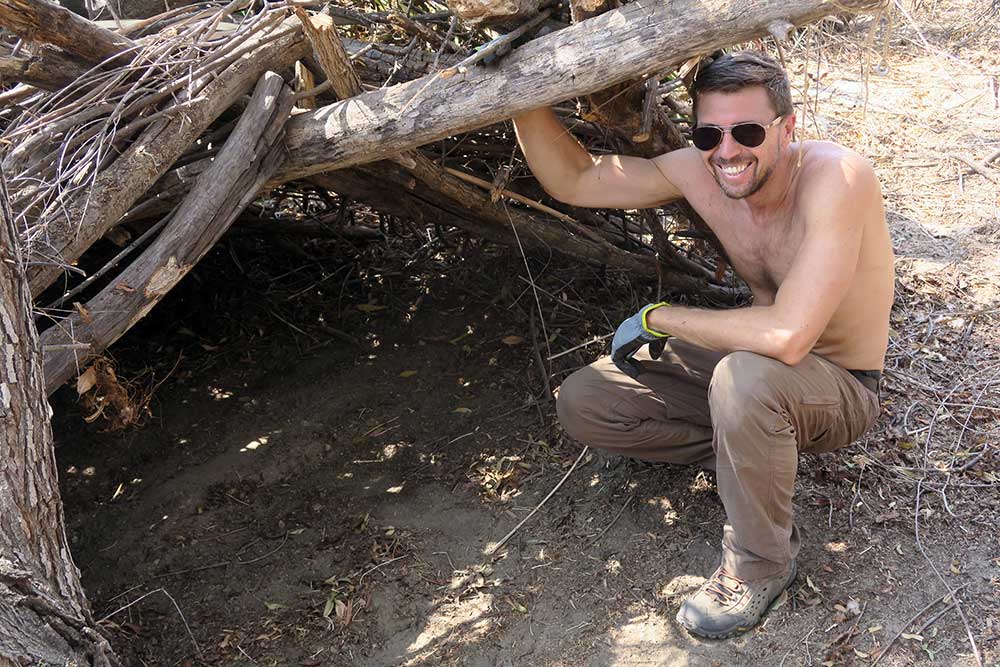
Here, explorer Javier Palare examines the possible shelter.
Ready-to-occupy shelters are actually quite common, though the real issue is whether or not one is there at the time and location of your need. This is why it pays to always observe for possible shelters, whether shelter from the cold, wind, heat, rain, or snow.
(Nyerges is an author of many books and is a long-time survival instructor. His website is www.SchoolofSelf-Reliance.com.)
CONSIDER CARRYING A TARP
The nature of an emergency is that you are not expecting it. You planned to go out for a short hike, and you got lost, or bad weather came in quickly. You need a shelter.
I suggest that you always carry a large grommeted tarp when you go hiking, even if you are certain you’re coming back that night. A large grommeted tarp can be tied up in a number of ways to create shelter from the sun, rain, snow, etc. Such a simple tarp can be a lifesaver.
A version of this article first appeared in the April 2022 issue of American Outdoor Guide Boundless.

